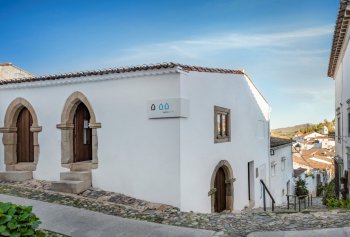Explore the best places
Monuments in Castelo de Vide
Igreja e Antigo Hospital da Misericórdia / Igreja de Santo Amaro
- heritage
Rua de Santo Amaro
7320-177, Castelo de Vide
Baroque church with a single nave, transept, sacristy, and hospital. The nave is decorated with plasterwork painted in shades of pink, blue, black, and white, imitating marble. The elements feature plant motifs.
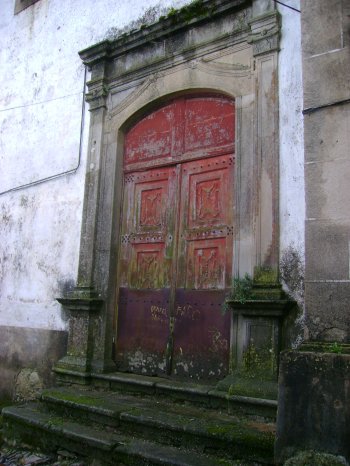
Judiaria de Castelo de Vide
- heritage
Rua da Judiaria
7320-190, Castelo de Vide
It is located in the medieval area of the village of Castelo de Vide, next to the castle, in the former Jewish quarter, as documented in the 14th and 15th centuries. The neighborhood was crossed by one of the castle's main communication routes, and its disintegration began during the reign of King Manuel I, following the decree imposing Catholic obedience on the Jews who, to avoid being forced to leave the village, gradually converted to New Christians. Hebrew symbols can be seen on some doorposts.
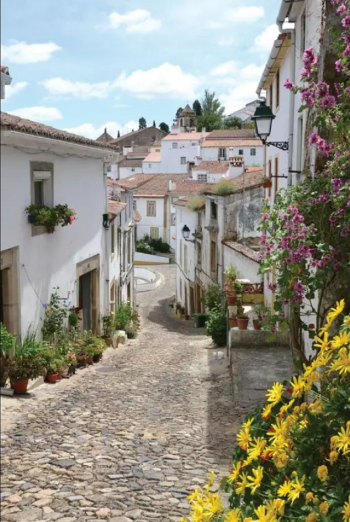
Capela do Salvador do Mundo / Capela de São Salvador do Mundo
- heritage
Estrada da Circunvalação
7320, Santiago Maior
A church of Gothic, proto-Baroque, and Baroque architecture, with an attached sacristy, a single nave, and a chancel covered in white and blue tiles dating from 1695 that extend to the triumphal arch. The main altarpiece dates back to the 17th century. It is notable for its antiquity and for being the first Christian religious building in town.
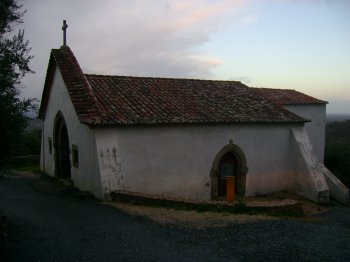
Fonte da Vila
- heritage
Largo Doutor Frederico Laranjo
7320, Castelo de Vide
A quadrangular fountain covered by a porch supported by marble columns, with a pyramidal roof topped with a pine cone. It is topped with the coat of arms of Portugal and the municipality. The tank has four spouts in the center.
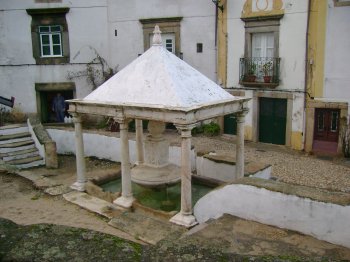
Anta dos Currais do Galhordas
- heritage
Castelo de Vide
7320, São João Baptista
A dolmen without a corridor, with an irregular polygonal chamber. Only three of the seven supports supporting the roof slab remain.
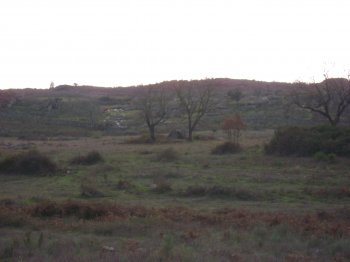
Anta do Sobral
- heritage
EN246
7320, São João Baptista
The dolmen consists of five or six pillars, with a rather irregular pyramidal-conical shape. A fallen granite slab appears to be the original cap. This megalithic tomb is commonly known as "Sobral."
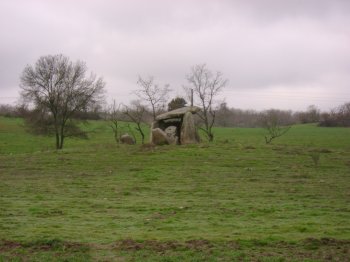
Núcleo Intra-muros da Praça de Castelo de Vide
- heritage
Castelo de Vide
7320, Castelo de Vide
Nucleus that includes the Castle and fortifications, the Fonte da Vila, Church of Santiago, Church and Old Hospital of Misericórdia, Casa Magessi, Pillory and House on Rua Nova.
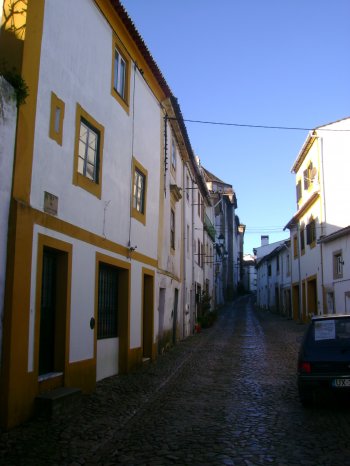
Anta de Melriça / Anta de Melriço
- heritage
Tapada da Anta
7320, Santiago Maior
A dolmen composed of four regular rectangular granite pillars topped by a large triangular cap. Remains of the original mound are visible. Note that this monument is located on private property, so it is advisable to request a visit in advance.
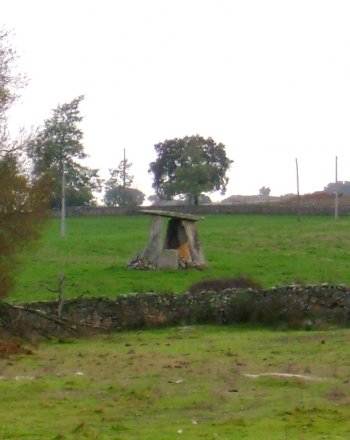
Castelo de Castelo de Vide
- heritage
Rua Direita do Castelo
7320-151, Castelo de Vide
The medieval fortress, comprising the castle and the urban enclosure, was built during the reign of King Dinis and completed during the reign of Alfonso IV in 1327. In the 17th century, expansion work was carried out on the fortification surrounding the town up to the current garden boundary. The São Lourenço Fort was built in the 18th century, when the bastioned fortification was extended with the Loureiros Wall. The fortress was remarkably large, surrounding almost the entire town. Located on one of the highest hills in the Serra de São Mamede, it served as a watchtower on one of …
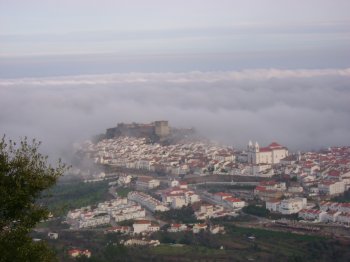
Sinagoga de Castelo de Vide
- heritage
Rua da Judiaria
7320-190, Castelo de Vide
Templo enquadrado na malha urbana, de arquitetura medieval e que apresenta arcos ogivais. Funciona como núcleo museológico, permitindo aos visitantes conhecer as vivências da comunidade judaica que aqui viveu e os contributos dados para o desenvolvimento da vila.
